
Nothing Like The Sun


13 April 2024
The North Atlantic Arc Home
| AprilApril | MayMayMayMay |
| S | M | T | W | T | F | S |
| 7 | 8 | 9 | 10 | 11 | 12 | 13 |
| 14 | 15 | 16 | 17 | 18 | 19 | 20 |
| 21 | 22 | 23 | 24 | 25 | 26 | 27 |
| 28 | 29 | 30 | 1 | 2 | 3 | 4 |
| 5 | 6 | 7 | 8 | 9 | 10 | 11 |
| 12 | 13 | 14 | 15 |

|
|
Saturday 13 April 2024--My primary goal for the next days is to visit and photograph all of the Rideau Canal locks I didn't see in November, essentially the northern half of the route. The canal was built between 1826 and 1832, intended to provide a safe route for military transport, away from the border, in case hostilities erupted again with the bellicose neighbors to the south, who had invaded in 1812. The chief engineer was Lieutenant Colonel John By. Its purpose has shifted over the past two centuries, from defense to commerce to recreational boating. The fact that it is still in use today, with its original basic infrastructure on its original route, is testament to By's foresight and ingenuity. Unfortunately, politics at home in the UK cast a cloud over his reputation, blaming him for the cost overruns that are inevitable on projects like this. He died at age 53 (or 56, depending on what birth date you accept), not having been able to clear his name. It was only decades later that it became plain that he had been scapegoated for things beyond his control, and had in fact been an extraordinary steward of a remarkable engineering achievement. [I am indebted to the excellent Rideau Canal website maintained as a labor of love by a gent named Ken Watson. The page on Colonel By tells his story in greater detail. Links in my text regarding the various lock sites are also to Watson's work, where you will find detailed description and history.] I stroll down Elgin Street this morning, past the Lord Elgin Hotel, where I stayed many times on bus trips. Cut down the pedestrianized Sparks Street, where I search, not very seriously, for any sort of marker denoting the site of Thomas D'Arcy McGee's assassination in 1868. McGee was a complicated character, an Irish nationalist who was forced to flee Ireland as a young man after getting involved in a plot to rebel against British rule. In his early days in the United States, he advocated for that country's annexation of Canada, whether by treaty or force. He was disillusioned, however, by blatant bigotry against Irish Catholics in the US, and found a more comfortable home in Lower Canada (now Québec), where Catholics were a majority and their right to their religion was protected by law (which is another long story in itself). He became an ardent Canadian nationalist, loyal to the very crown he'd despised in his youth. He thus became a target of Fenians, Irish nationalists operating in North America. McGee was murdered in the doorway of his boarding house, which most sources say was at the corner of Sparks and Metcalfe, but which corner, I can't determine. One source I've found puts it a block and a half away, near O'Connor Street; it cites number 71 Sparks, which now is back closer to Elgin, undoubtedly the result of renumbering at some point. The commemorative plaque I'm hoping for doesn't seem to exist.* I turn on O'Connor, cross Wellington, and pass in front of the parliament blocks. The center block is having some work done. [Full disclosure: I've edited out a couple of cranes in the panorama below.] Ottawa, like Washington DC in the US and Canberra in Australia, was a compromise choice for a capital, intended to balance the claims of competing regions. Bytown was already a fairly substantial settlement, being at the terminus of the canal, at the heart of a busy lumbering industry. It was nonetheless regarded as a backwoods town. Colonel By had built barracks and a hospital on the height of land above the locks. These were cleared for the construction of the parliament buildings, starting in 1859. At the eastern end of Wellington, a bridge crosses the canal, just above the locks. A stairway takes me down into the ravine, where I can examine the flight of eight locks, numbers 1-8, ascending from the Ottawa River. One benefit of visiting in the offseason is that I can see the inverted stone arches that form the floors of the empty locks. Most of the locks were rebuilt with concrete blocks in the 20th century, but these have been faced with stone for an authentic look. I ponder the logistics of operating a long flight like this, and decide that the only practical way is to fill and empty alternate locks continuously. It would be nice to come back in season to witness this, as well as to visit the Bytown Museum, housed in the commissariat that By had built alongside the flight. There's a Celtic cross near the foot of the flight, commemorating the many who died during the construction of the canal, most of whom were Irish immigrants and Canadiens. There were about a thousand, a number that would certainly not be acceptable on any construction project today. In addition to the usual sort of industrial accidents, many were victims of the form of malaria that was endemic to the swamplands of eastern Ontario at the time. Colonel By altered construction plans where he could, to minimize such; but ultimately, he was obliged first and foremost to finish the work. A trail leads up to Major's Hill Park, opposite the parliament buildings, across the canal. Colonel By built his official residence here, and it was occupied by Captain Daniel Bolton, By's successor, when By returned to England. Bolton was subsequently promoted to Major, leading to the hill's current name. The house burned down in 1848 and was never rebuilt. Its foundations remain. A statue of Colonel By stands nearby. I pass by the US Embassy and the Château Laurier and turn up Elgin, heading back toward my hotel. I've been on my feet enough for today; I have a long walk planned for tomorrow. Deacon Brodies Public House is on the way, so I pop in for a pint. I spotted the place last time I was here, but never got around to checking it out. It's nicer than expected, with a whole wall of whiskies behind the bar. At a moment when the bartender is not there, I take a couple of photos, including a sweeping panorama. Seconds later, a woman approaches me and asks if I was taking photos "without permission." She's apparently upset that I may have photographed her sitting at the end of the bar. I don't actually know if I have; it wasn't my intent. I tell her if she's in the photo, I'll delete it. She replies indignantly, "Just delete it!" She's slightly belligerent, perhaps a bit tipsy, and maybe a bit off, anyway. I don't want trouble, but I think she's being unreasonable, so I refuse. She stomps back to the end of the bar in a huff. A few moments later, the pub's manager appears and apologizes to me, offering a free pint. It's not really necessary, but I'm not going to refuse it, am I? I enjoy it along with a dram, and stay for dinner. Next*It does...I found it on Google Maps later. I'll have to go back to get a good look at it. |
Ottawa
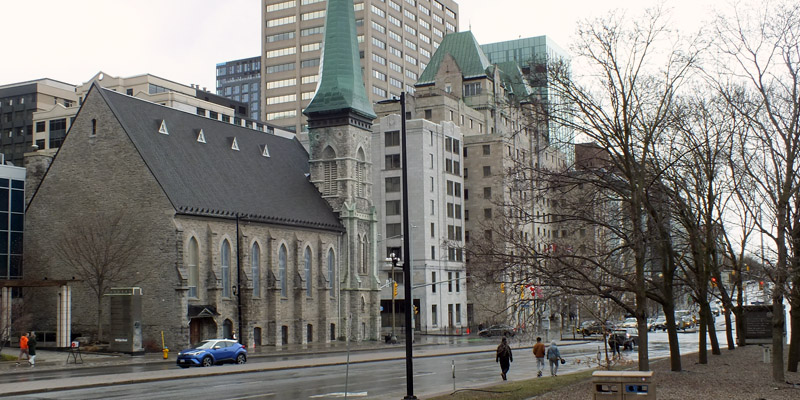 |
First Baptist Church & Lord Elgin Hotel
 |
It's only a model
 |
Confederation Square
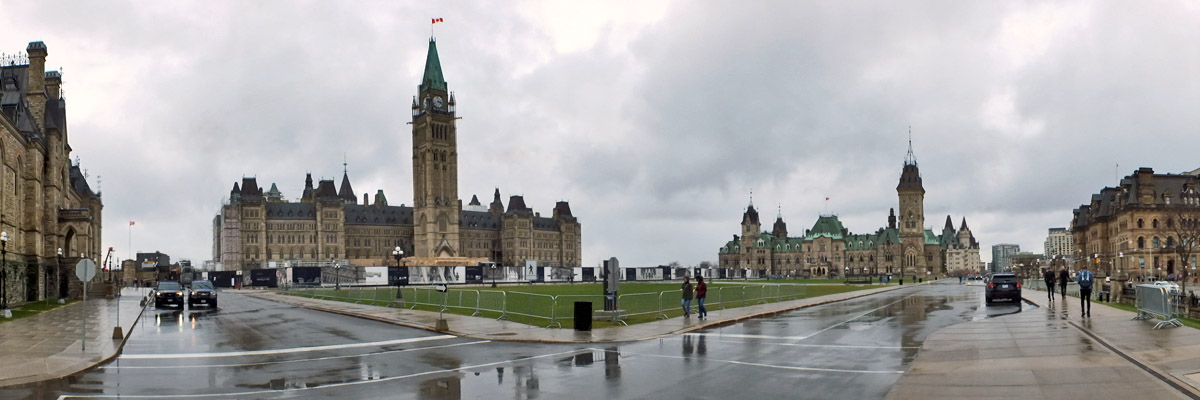 |
Parliament Blocks
| Ottawa |
 |
Flight Of Locks From Above
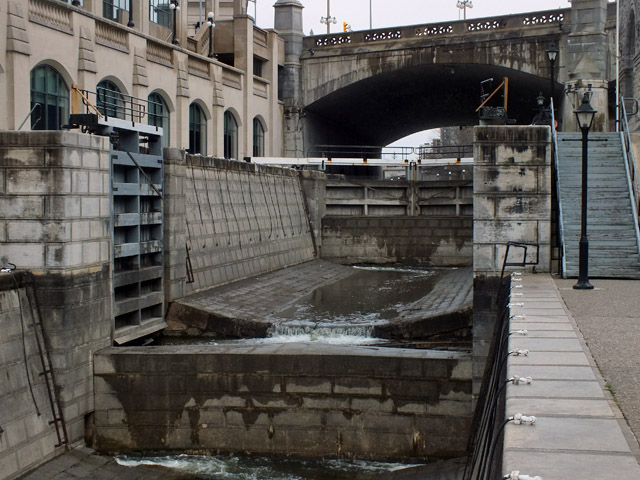 |
Lock 8
 |
Locks 6, 7, & 8
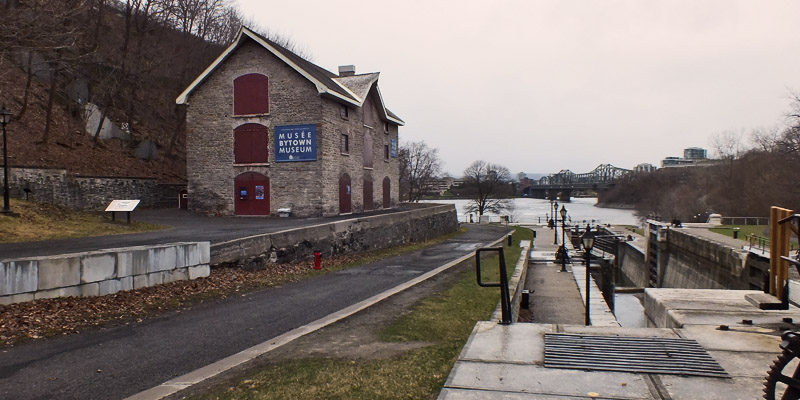 |
Bytown Museum (Commissariat)
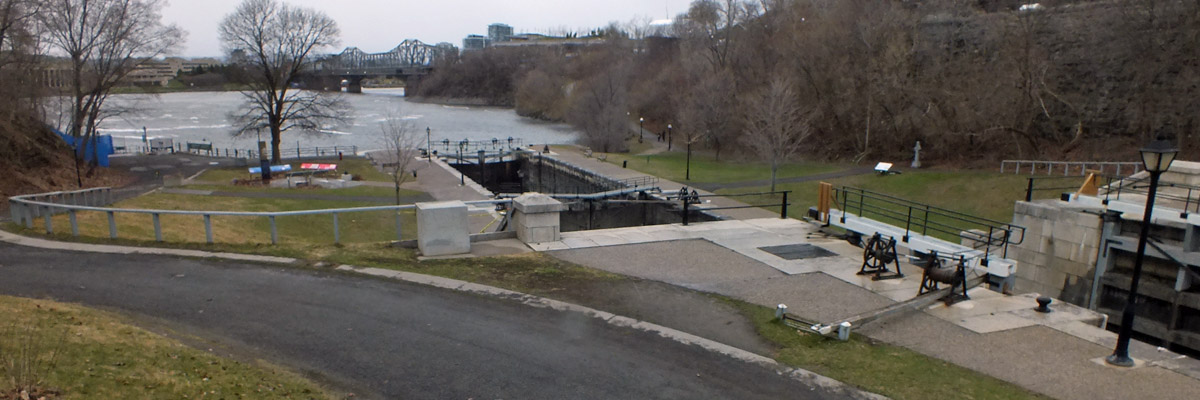 |
Lock 1 & Ottawa River
 |
Château Laurier, Locks 5 & Up
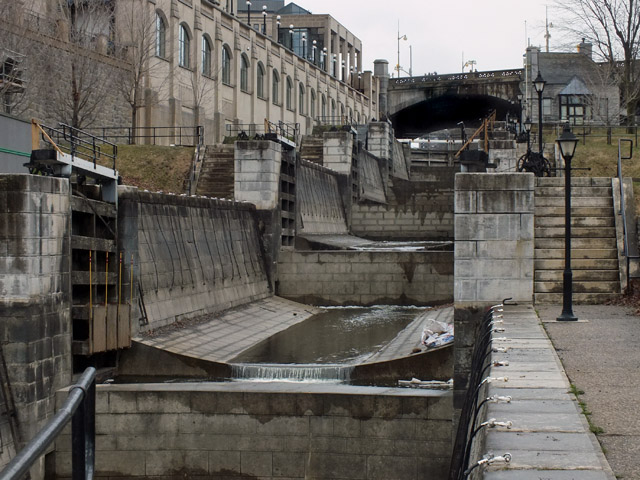 |
Locks 5, 6, 7, & 8
 |
Locks 4 & Up
 |
Locks 2 & Up
 |
Lock 1
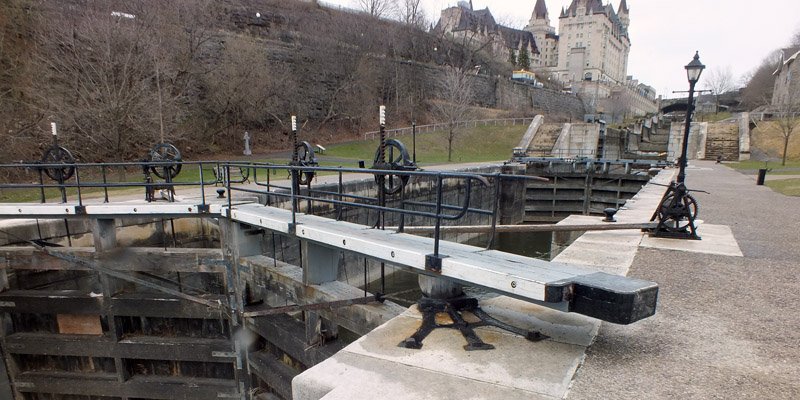 |
Locks 2 & Up
 |
Locks 2 & Up
 |
Commissariat
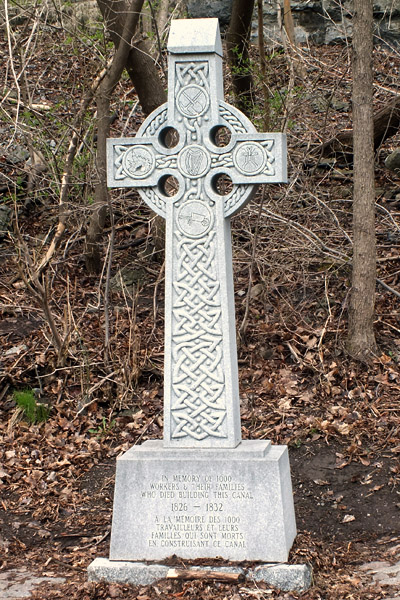 |
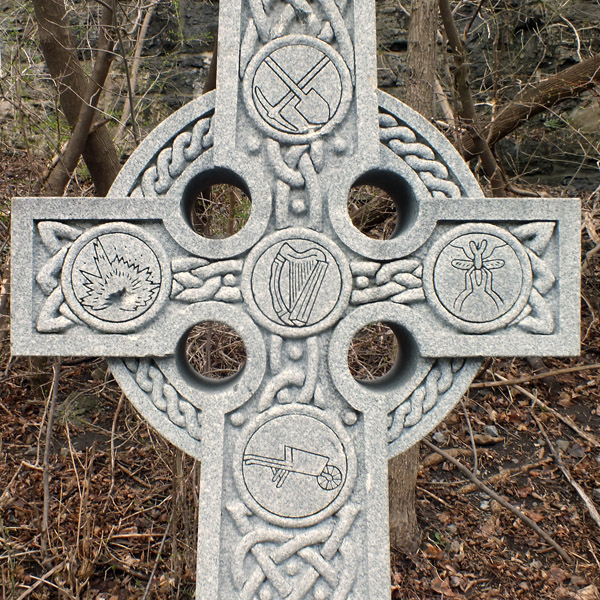 |
Celtic Cross
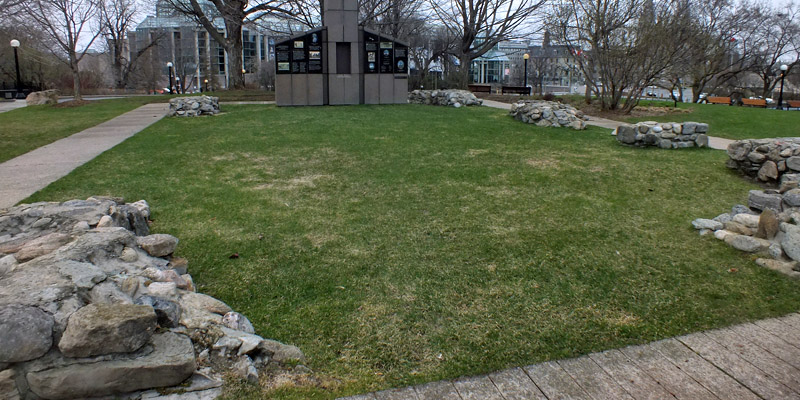 |
Colonel By's House
 |
Colonel By
 |
Commissariat & Parliament Blocks
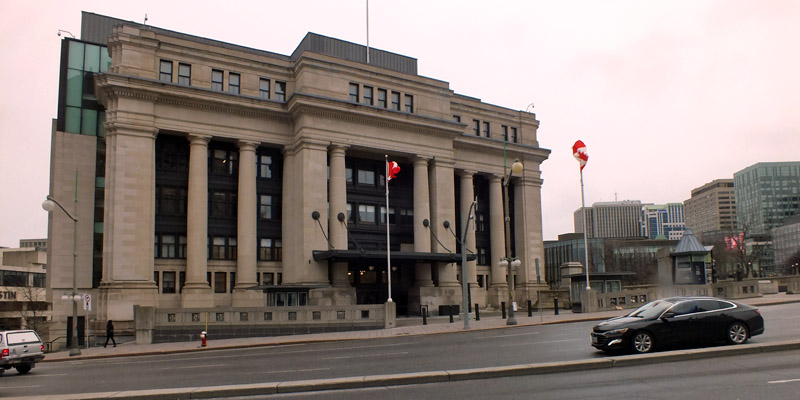 |
Senate Of Canada
former train station
 |
Rideau Canal
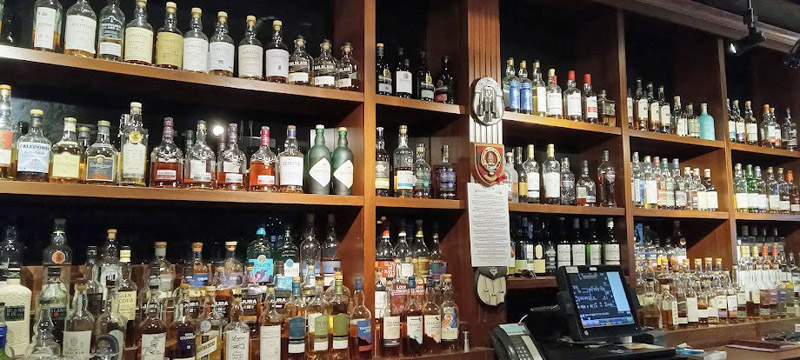 |
Deacon Brodie's Public House
Next
| AprilApril | MayMayMayMay |
| S | M | T | W | T | F | S |
| 7 | 8 | 9 | 10 | 11 | 12 | 13 |
| 14 | 15 | 16 | 17 | 18 | 19 | 20 |
| 21 | 22 | 23 | 24 | 25 | 26 | 27 |
| 28 | 29 | 30 | 1 | 2 | 3 | 4 |
| 5 | 6 | 7 | 8 | 9 | 10 | 11 |
| 12 | 13 | 14 | 15 |
The North Atlantic Arc Home

Mr Tattie Heid's Mileage
Results may vary
MrTattieHeid1954@gmail.com